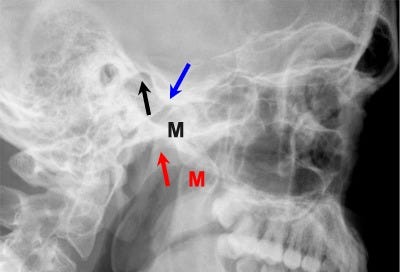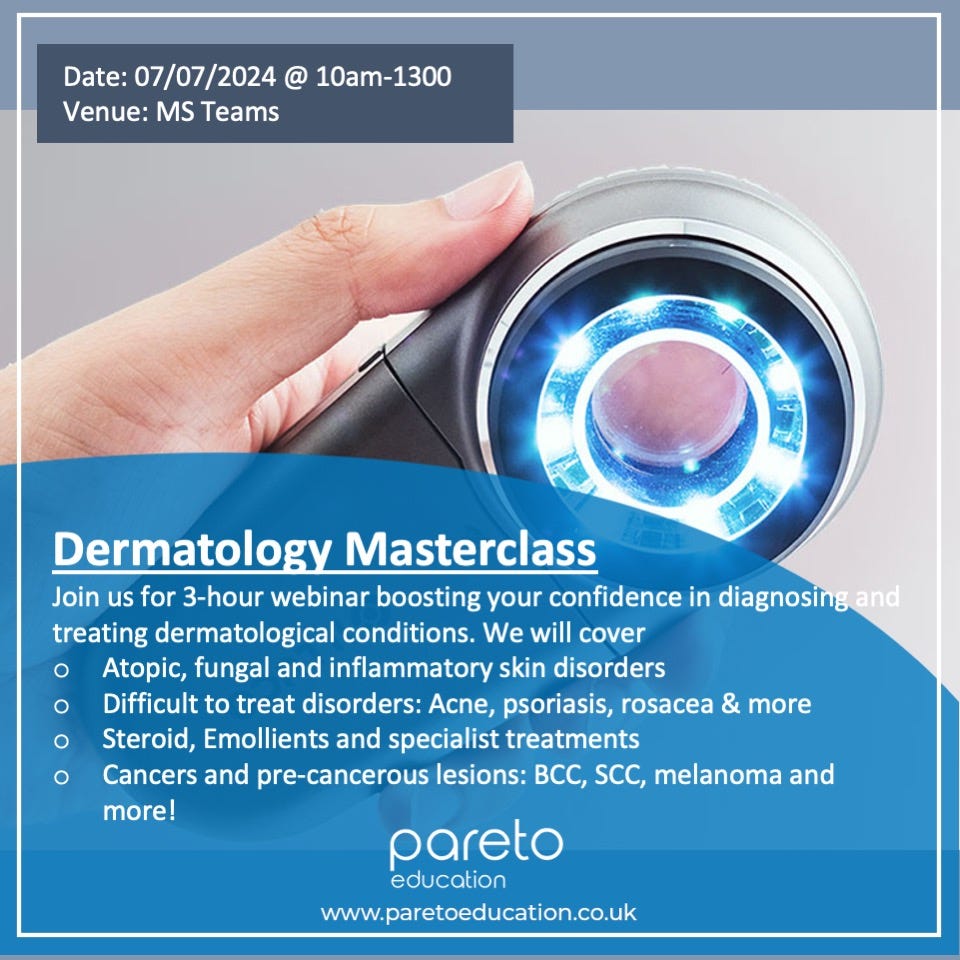Chronic pain constitutes up to 30% of primary care consultations. Whilst back pain is the most common cause, there is a close second and that is chronic Temporomandibular joint disorders (TMJD).
I recently had a 42 year old who presented with 7 month pain on her right jaw. It all started with a spontaneous TMJ dislocation for which she went to A&E and was subsequently treated and seen by maxillofacial surgery. Since then, she has suffered with significant pain and dysfunction. She finds it hard to eat and wakes up spontaneously from sleep due to severe dysfunction. She has subsequently been seen by max fax who imaged the joint and found no disruption or small fractures.
The patient was seen by a number of my colleagues and had presented with A&E with pain. She had been given NSAIDs, codeine, diazepam and other medications to help with her pain but unfortunately, none of these options had helped. She was beyond herself and her life has been turned upside down as a result of this. She is unable to go to work due to her constantly being distracted by this pain and it was clear she had reached an all-time low.
My initial knee-jerk reaction was to refer the patient to the pain team. That’s not a wrong option and was actually suggested by maxfax in her last review. However, after coming across this useful paper in the BMJ, my perspective on chronic TMJD has been broadened.
I’m no dentist, but dental/jaw pain is bad. Often treatment of chronic TMJD, like any other chronic disease involves a number of treatment approaches. Broadly speaking these include:
Analgesia
CBT
Intra-articular joint injection
Jaw mobilisation/exercise
hyaluronic acid creams/injection
This paper looked at the findings of 153 RCTs and evaluated which of the above treatments were actually beneficial and which were not found to be statistically effective. Out of the various treatments available, only CBT, jaw mobilisation and postural exercises were found to have a true, statically significant impact. This doesn’t mean you stop giving them analgesia, but it shows us what types of effective treatments are available.
Whilst the study is only restricted to cases with patients with chronic TMJD there is a pattern with the treatments suggested above. They are all reliant on a patients own motivation to solve their problem. Patients with chronic disease’ can get into a negative cycle where they lose all motivation to cure themselves. It can be difficult to get them out of this but engaging with CBT and physio are necessary for the patient to help their symptoms.
So how do we motivate patients with chronic pain? There’s no simple answer to this but here are some tips:
Double book an appointment with these patients and try to follow them up.
Use techniques of motivational interviewing to help them realise that getting back to work/hobbies is only going to help them.
Encourage use of self-CBT platforms
Assist the patient with focusing on their mental health by providing a “sick-note” and writing correspondence to their employer to inform them of the patients condition.
Discourage poor-prescribing practice. Analgesia is unlikely to be of considerable help whilst the chance of adverse effects still remain.
Ultimately, the patient is their own agent of change. This can be quite difficult as a clinician as we’re used to having a particular role in helping patient through their illness’. We should be forthcoming and arrange CBT and physiotherapy for the patient but with emphasis that the patient needs to engage in order to make a lasting change.
Until next time!
How Good is Your Dermatology?
Dermatology is important especially as it constitutes such a large proportion of primary care presentations.
However, in a stretched NHS with long waiting times for appointments, dermatology presentations are also increasing in A&E.
We’ve brought together all the key components of dermatology in an awesome, jam-packed online webinar on Sunday 7th July. We will be covering the following:
Atopic, fungal and inflammatory skin disorders
Difficult to treat disorders: Acne, psoriasis, rosacea & more
Specialist management - ciclosporin, tacrolimus and others
Steroid, Emollients and specialist treatments
Cancers and pre-cancerous lesions: BCC, SCC, melanoma and more!
Updates to 2 week wait referral guidelines
As always, you will be sent a brilliant dermatology workbook with core summary slides and reference materials to help you continue your learning. You can book here:
Check us out on our various pages
Website: www.paretoeducation.co.uk
Instagram: www.instagram.com/pareto_ed
Twitter: www.twitter.com/pareto_ed
Youtube: https://bit.ly/3DPm23c
Email: paretopaeducation@gmail.com







